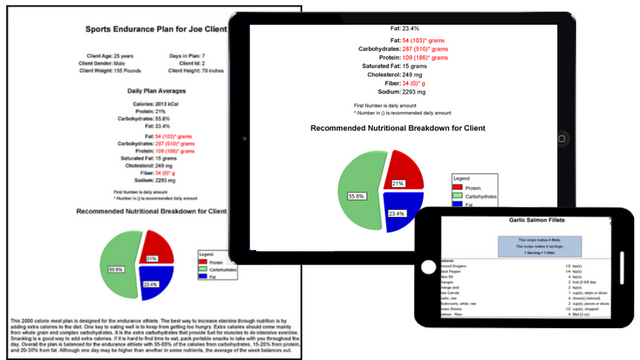Establishing solid Dietitian referral sources will build your client census and create more revenue
Starting your own dietitian business can have many challenges. One primary task is to build your client census. Having several dietitian referral sources is crucial in order to maintain a steady stream of clients. With patience and steady work it can be done. Following are 7 steps to create solid referral sources.
Step 1 – Identify The Correct Dietitian Referral Sources
Take a few minutes and determine which health professionals are best suited to referring you the clients you want. For instance, see our example list. Your actual list may include other options too.
Create a document with specific practitioner’s names, and potential contact info such as websites, social media pages, associations, emails or phone numbers. Highlight the contact option you think may work best for each one. Consider locating professionals through their specialty groups, for instance the APTA for physical therapists or the AGA for gastroenterologists.
- Physical Therapists
- Gastroenterologists
- Endocrinologists
- Psychologists
- Eating disorder specialists
Step 2- Compile Your Services
Create a series of flyers or pamphlets that explain your services. Make them short and interesting. Show them samples of your resources like your patient health portal or your online software tools. Pictures are helpful.
Be sure to make sure it relates to how your services tie in with theirs and their patients health care goals. Be concise and clear what you offer, but make sure they know how easy it is for them to be a dietitian referral source for you.

Nutrition Maker Software is a great tool to provide nutritional services to clients. Get your clients on the right path to eating healthy and try our free two week trial.
Step 3 – Start Connecting With The Health Professionals
Go back to your spreadsheet and set up a face to face meeting with each person. It may be as simple as a phone call or email. Or perhaps connect with them in a social media group. Provide all your pamphlets and your call to action (see step 5).
Remember, there may be others in the facility that are better dietitian referral sources. For example, sometimes it is the office manager that handles many of the referrals. Often it is not necessary to connect with the actual doctor or therapist.

Step 4 – Attend Local Chapter Association Meetings
Typically these type meetings have a social time either before or after meeting presentations. This option has the advantage of meeting many professionals all at once.
You could even go a bit more in depth and volunteer to speak at a meeting on a relevant topic. For instance at a physical therapy meeting, you could discuss how nutrition intervention can help enhance their patients rehabilitation.

Step 5 – Don’t Forget The Call To Action
During the meet, be sure to let them know how you provide services, such as in person, online, or any particular specialty or unique skills you can provide to their patients. Above all, make it very clear the call to action is to refer patients to you. Have a clear plan of action on how they can refer to you, Have referral forms, business cards etc.
Step 6 – Mutual Referral Benefits
Educate them on the concept of mutual referrals. The referral source needs to understand it is not a one way street. You may have patients that need their services as well. Be sure to discuss what steps you need to do to refer them patients, so they know they are coming from you.
It might be a simple as showing how your meal plan weight loss programs can improve overall health and reduce weight, thereby taking stress of painful knee or hip joints.
Secondly, emphasize how important it is for them to have dietitian referral sources.

Step 7 – Maintain Communication With Your Referral Professionals
Maintain contact and open communications. Once they are referring to you, you don’t want them to forget about you. For example, send progress reports to the referring doctor or therapist. Perhaps put them on your newsletter list. Drop by occasionally to say hi or to replenish your referral forms. Similarly, it never hurts to send greeting cards during holidays. Send thank you notes for each referral.

Referral Networks Take Time
In conclusion, creating a network of solid dietitian referral sources can take time. It certainly takes effort. At first it may seem like your work is not paying off. Be patient. Be consistent. Done properly, you will soon have as many clients as you can handle.
Nutrition Maker Software can simplify your nutrition consults and save you time. Affordable monthly plans with no long term contract. Get Started Now – It’s Easy.